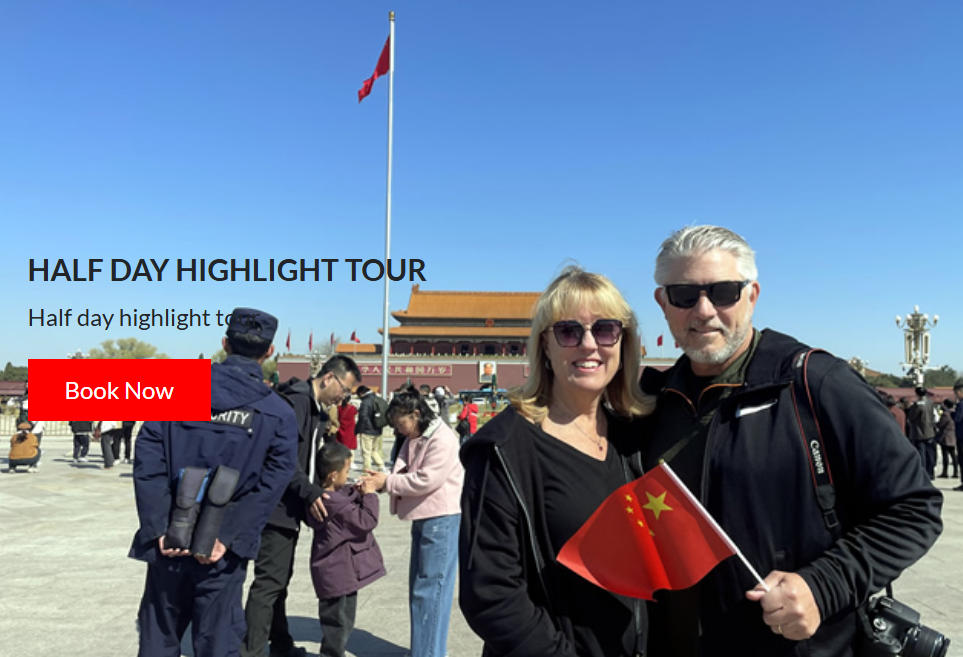Beijing Central Axis runs north-south through the heart of the old city of Beijing, totaling 7.8 kilometers in length. It was initially constructed in the 13th century and shaped in the 16th century. With continuous refinement over seven centuries, Beijing Central Axis is an ensemble of building complexes and archeological sites that governs the overall layout of the old city.
At the northern end of the Axis are the Bell and Drum Towers; it then runs south through the Wanning Bridge and the Jingshan Hill, the Forbidden City, the Upright Gate, the Tian'anmen Gate, the Outer Jinshui Bridges, the Tian'anmen Square Complex, the Zhengyangmen Gate, the Southern Section Road Archeological Sites, to the Yongdingmen Gate at the southern terminus of the Axis. The Imperial Ancestral Temple, the Altar of Land and Grain, the Temple of Heaven, and the Altar of the God of Agriculture are located on the east and west sides of the Axis.
Along the Axis there are imperial palaces and gardens, imperial sacrificial buildings, ancient urban management facilities, national ceremonial and public buildings, and roads. It has formed a magnificent urban architectural complex, witnessing the ideal order of capital cities that has influenced the buildings of traditional Chinese cities for more than two thousands years.





